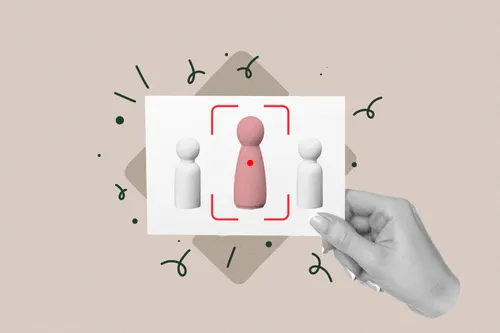Startup School
The Pre-Seed Playbook: What Investors Actually Want to See
Before the pitch deck and product-market fit—here’s what savvy investors are really scanning for at the pre-seed stage.

- Published
- Category
- Startup School
Related Articles
Pre-seed funding is the first outside financial investment that your company will receive: often referred to as “friends and family” funding, it comes before a company has started to generate revenue.
Most often, it involves pitching people in your inner circle, your professional connections, and, when appropriate, your friends and family. But regardless, you’re still faced with the challenge of convincing a set of people completely outside your organization of the why. Why your business? Why now? Don’t you wish you could look across the table at a pitch meeting and read their minds?
Say less.
With help from Teddy Himler, the founder of Optimist Ventures, we’ve compiled a list of insider tips for what investors actually want to see at the pre-seed stage so you can show up to the table with their needs already in mind.
Determination is key
Himler says that often the trait that makes a pitch stand out is what he calls a “dogged determination that has you wondering how this could ever not work.” It’s a balance, he says, of coming in with the right team and showing that your product is well-timed for the market. Having analogous examples that prove this can give investors comfort, he says—it illustrates the potential for success. And don’t underestimate the potential of human connection. References from employees or connections go a long way in the eyes of investors, he says.
Know your worth
“One Australian founder came to me for advice,” says Himler of his most memorable pitch. “He had just received an attractive acquisition offer and was weighing this against raising money… The founder suspected there was a bigger play but was not so confident.” Himler gamed it out with him. The business was small and struggling to raise capital, but when they considered their potential connections and possibilities, it became clear to her, and him, that there was phenomenal potential here. “We became their first institutional investor,” he says. “And the company is worth much more than the acquisition offer.”
Go in with more information, not less
According to Himler, a common mistake is assuming your investors might already have some awareness of the sector you’re pitching in. But uniqueness is an asset, he says. “Like a new book, or cuisine, the best opportunities are often the ones that have been little tried.” That means building your pitch with everything you think your investors need to know, and then some, just to be safe.
Manners matter
You’ve done your pitches for pre-seed money, and now you’re wondering how to stay top of mind for investors without coming across as too familiar. Follow up is key – but what’s the best approach? “Connect on a personal level,” says Himler. He suggests using a shared hobby or non-work connection like a podcast you bonded over, or a restaurant you both love, to personalize your follow-up and make you stand out from other pitches. “At the end of the day, both parties want to have the investment be more than just a transaction.”






